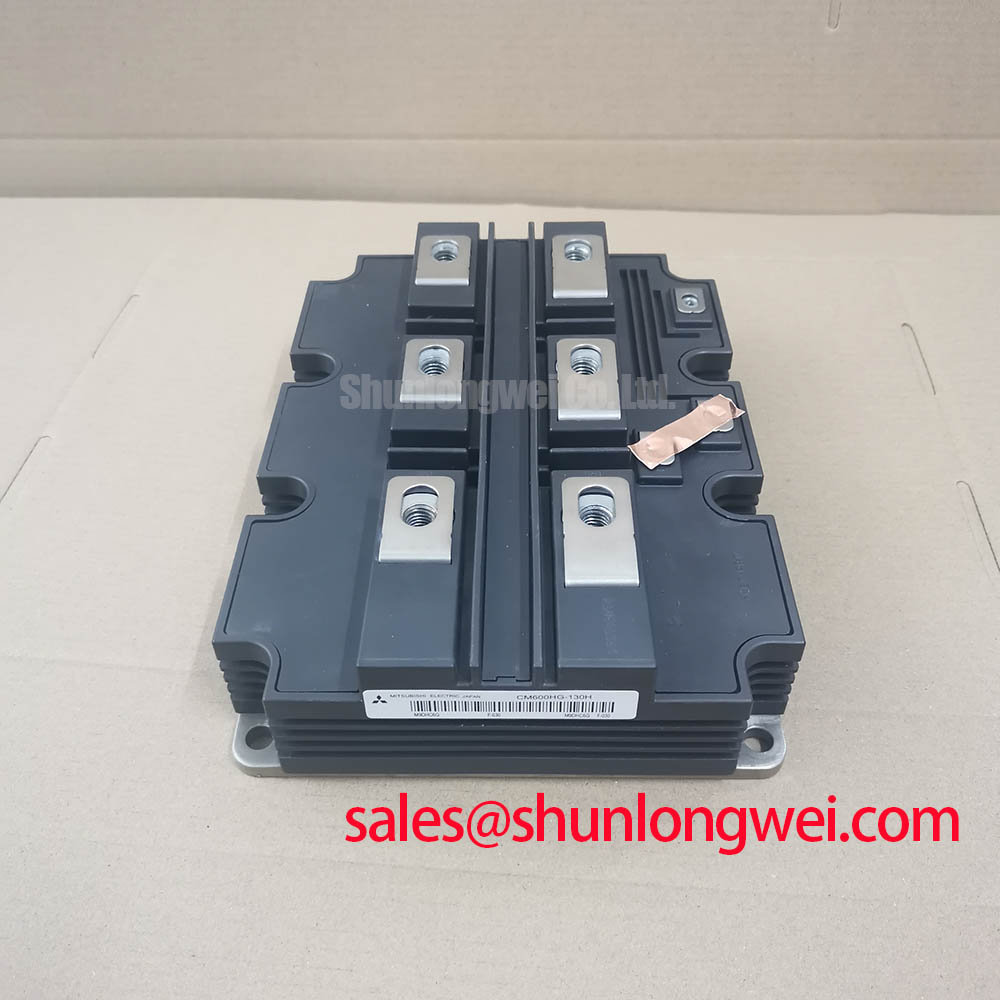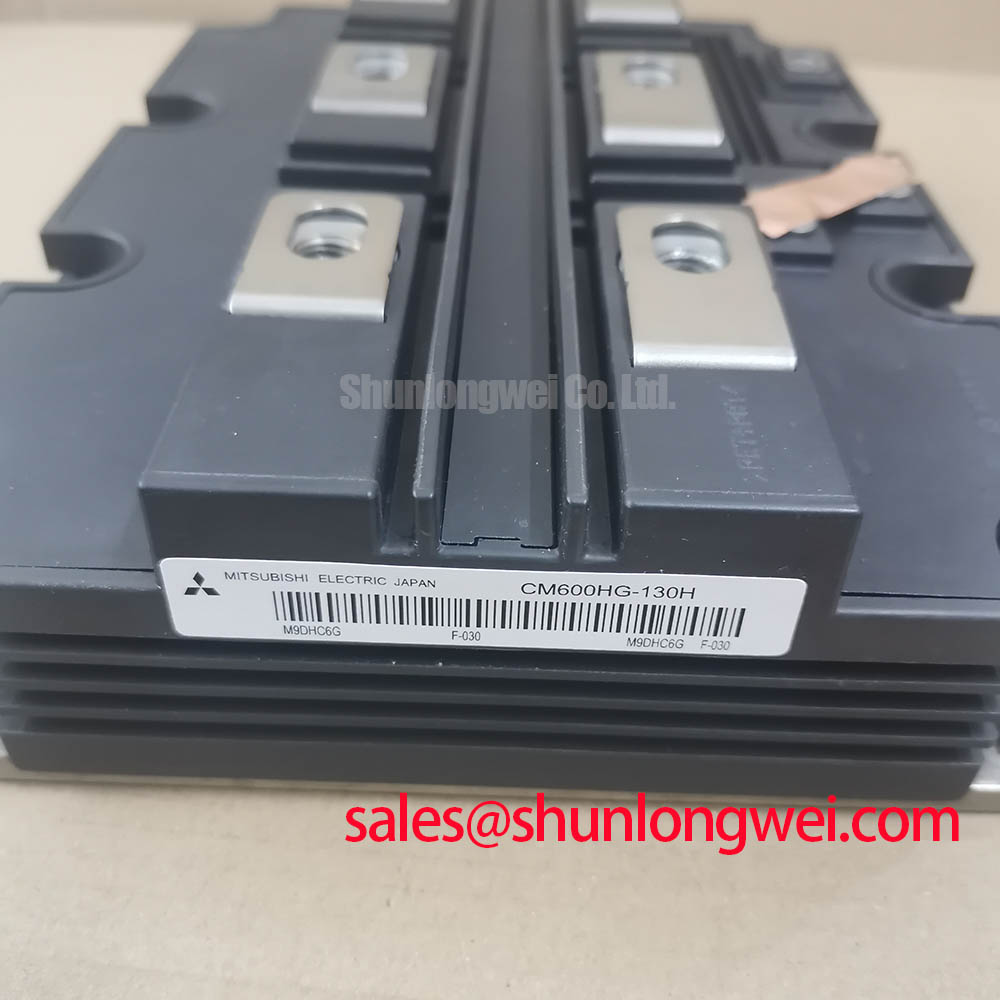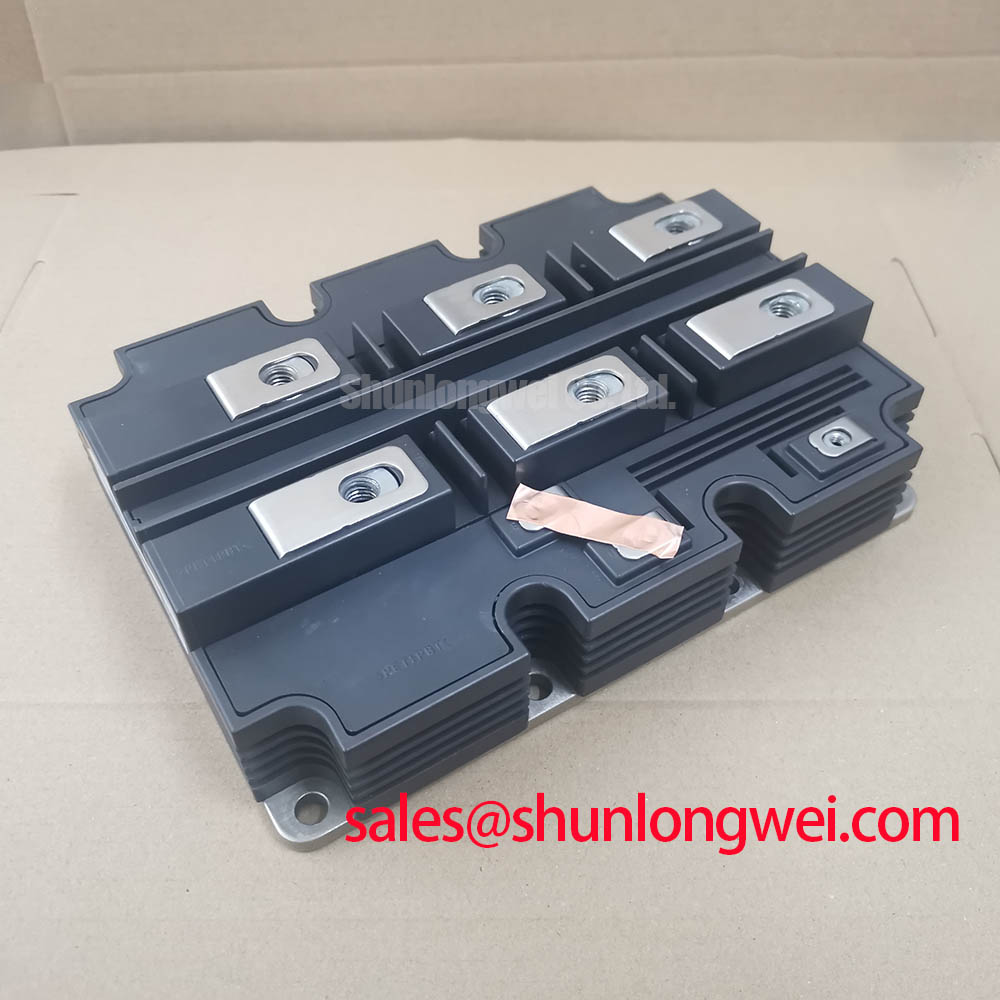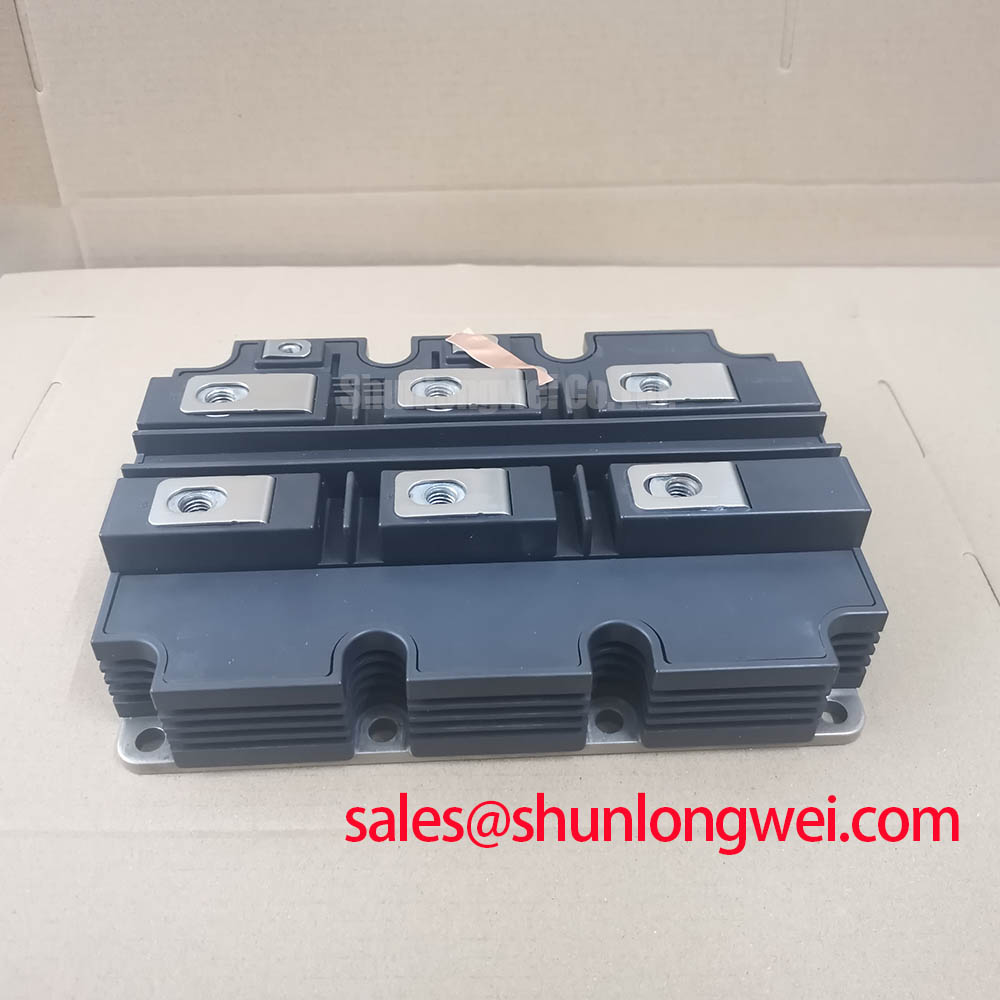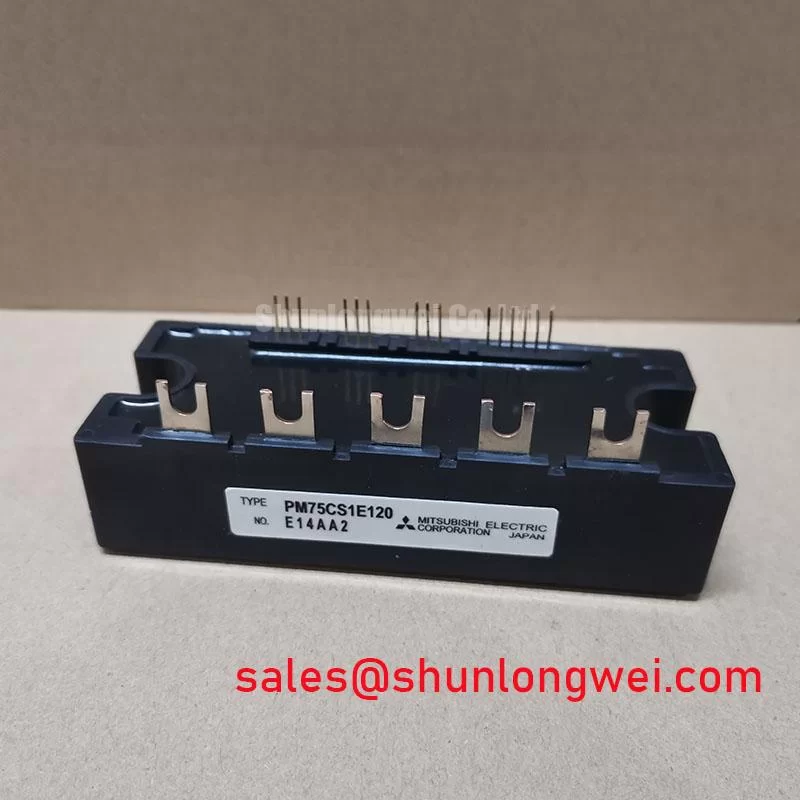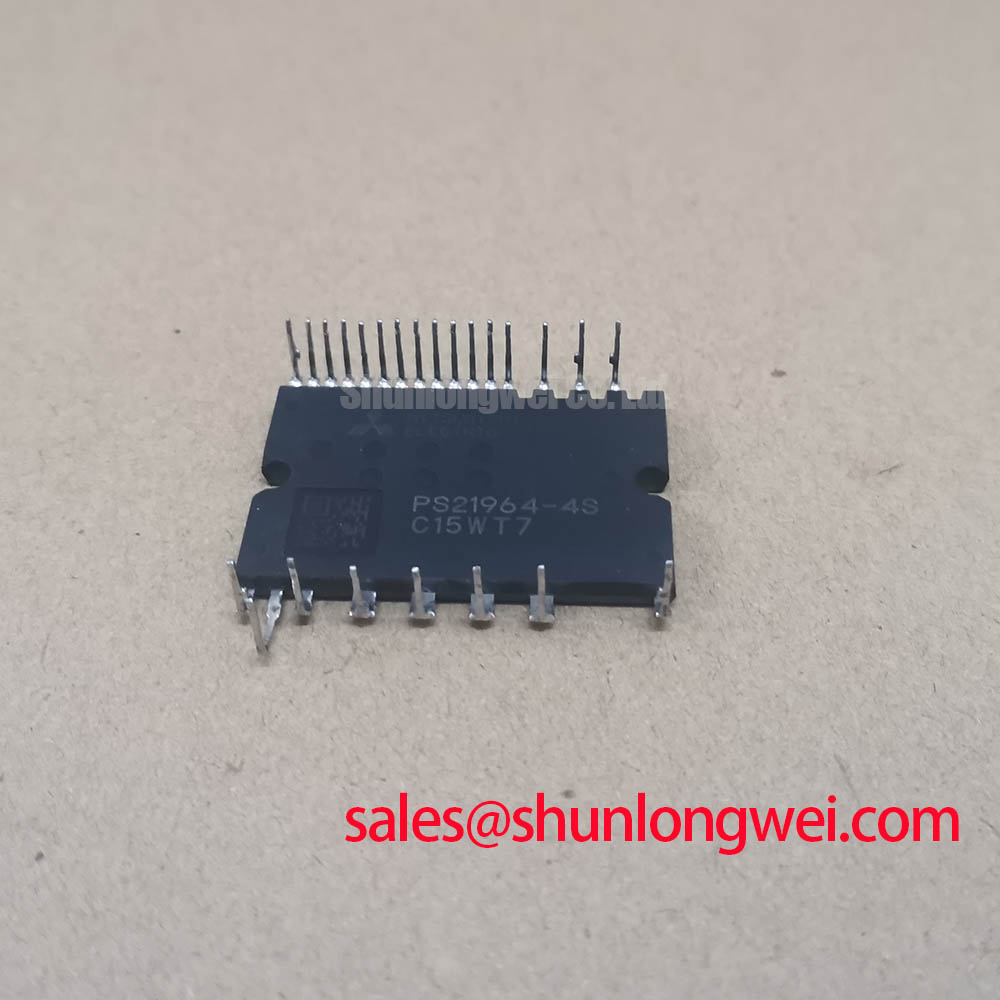Content last revised on November 12, 2025
CM600HG-130H IGBT Module: Engineering High-Voltage Power Conversion
An In-Depth Technical Review for High-Power System Design
Unlocking Performance in Medium-Voltage Applications
The Mitsubishi CM600HG-130H is a high-voltage single IGBT module designed for robust performance in demanding power conversion systems. It delivers a formidable 6500V blocking voltage and 600A current rating, establishing a new benchmark for reliability in high-power applications. Key benefits include superior voltage headroom for system safety and a thermally efficient package for simplified cooling design. This module directly addresses the challenge of designing stable, high-power inverters for multi-kilowatt systems operating on high-voltage DC buses. For systems requiring robust performance at a lower voltage class, the related CM600HA-24H provides a 1200V alternative.
Key Parameter Overview
Decoding the Specs for High-Voltage Reliability
The specifications of the CM600HG-130H are tailored for high-stakes applications where electrical insulation and current handling are paramount. The combination of an exceptionally high collector-emitter voltage (VCES) and a substantial continuous collector current (IC) rating makes this module a cornerstone for next-generation power electronics. Understanding these parameters is the first step in leveraging its full capabilities.
| Parameter | Value | Engineering Implication |
|---|---|---|
| Collector-Emitter Voltage (VCES) | 6500 V | Provides a crucial safety margin for systems operating on high-voltage DC buses (e.g., 3.3kV to 4.5kV), mitigating risks from voltage spikes and ensuring long-term reliability. |
| Collector Current (IC) | 600 A | Enables high power throughput, suitable for driving large industrial motors, traction systems, and renewable energy inverters. |
| Isolation Voltage (Visol) | 10.2 kVrms | Delivers exceptional electrical isolation between the power circuit and the control logic/heatsink, enhancing system safety and simplifying compliance with standards like IEC 61800-5-1. |
| Collector-Emitter Saturation Voltage (VCE(sat)) | 5.5 V (Typical) | Indicates the conduction loss at rated current. This value is critical for calculating thermal dissipation and designing an effective cooling solution. |
| Maximum Junction Temperature (Tj max) | 125 °C | Defines the upper thermal operating limit, a key factor in determining the module's power cycling capability and overall operational lifespan. |
Download the CM600HG-130H datasheet for detailed specifications and performance curves.
Application Scenarios & Value
System-Level Benefits in Medium-Voltage Drives and Grid Infrastructure
The CM600HG-130H IGBT module is engineered for applications where conventional 1200V or 1700V modules are insufficient. Its primary value is realized in systems that demand direct connection to medium-voltage lines, simplifying architectures and improving overall efficiency by reducing the need for complex series-connected device arrangements.
A high-fidelity engineering scenario is its use in a Variable Frequency Drive (VFD) for a multi-megawatt industrial motor in mining or water treatment facilities. In these systems, operating from a 3.3kV AC line, the DC bus voltage can approach 4.5kV. The 6500V rating of the CM600HG-130H provides the necessary voltage headroom to withstand transient overvoltages caused by line fluctuations or regenerative braking. This robust design margin prevents catastrophic failures, enhances equipment uptime, and ensures operational safety. The high current rating of 600A allows a single module to control significant power, simplifying the mechanical layout of the power stack. For applications with even higher current demands, engineers may consider paralleling modules, a topic further explored in our guide to achieving balanced current sharing.
Further applications include:
- Traction inverters for light rail and regional trains.
- Grid-tied inverters for large-scale solar and wind power installations.
- Auxiliary power units (APU) in transportation systems.
- High-power DC-DC converters for industrial and research applications.
For designers working on power conversion at the utility scale, the CM900HC-90H offers a higher current rating within a specialized high-voltage package.
Frequently Asked Questions (FAQ)
What is the primary benefit of the 6500V VCES rating?
The 6500V rating provides a substantial safety margin for inverters operating on high-voltage DC buses (e.g., 3.3kV to 4.5kV), ensuring system reliability against voltage transients and line disturbances common in industrial and grid-tied environments.
How does the 10.2 kVrms isolation voltage impact system design?
This high isolation capability enhances safety by preventing high voltage from reaching control circuits or the chassis. It simplifies the design process for meeting stringent industrial safety standards, potentially reducing the need for additional external isolation barriers and streamlining certifications.
What are the key considerations when designing a gate drive circuit for this module?
Due to the high voltage and large gate charge, the gate drive circuit must be robust. Key considerations include providing sufficient peak gate current for rapid switching, a stable dual-polarity supply (e.g., +15V/-15V) to ensure full enhancement and prevent parasitic turn-on, and minimizing inductance in the gate-emitter loop to avoid oscillations.
Is this module suitable for high-frequency switching applications?
The CM600HG-130H is optimized for high-power, lower-frequency applications typical of medium-voltage drives and grid-tied inverters, usually operating in the low single-digit kHz range. Its switching losses, while managed, are higher than lower-voltage IGBTs, making it less ideal for applications requiring switching frequencies above 5-10 kHz.
Technical Deep Dive
Design Considerations for 6.5kV IGBT Implementation
Integrating a 6.5kV module like the CM600HG-130H requires a meticulous approach that extends beyond basic electrical ratings. The high operating voltage fundamentally changes the dynamics of the power circuit. One critical area is managing the dv/dt (rate of change of voltage) during switching transitions. Fast switching reduces thermal losses but can induce significant voltage overshoots and electromagnetic interference (EMI). A properly designed snubber circuit becomes essential not just for protection but as an integral part of the switching characteristic control.
Think of the internal inductance of the module and the surrounding busbar as a small but powerful spring. When you suddenly stop the current flow (turn-off), this spring releases its stored energy, causing a voltage spike (V = L * di/dt). At 6.5kV, this spike can easily exceed the device's rating. The snubber circuit acts as a shock absorber, safely dissipating this energy and "damping" the spring's recoil, thereby protecting the IGBT. The choice between an RCD (Resistor-Capacitor-Diode) snubber and other topologies depends on the specific balance required between loss dissipation and overshoot clamping for the target application.
Strategic Outlook
Enabling the Next Generation of Efficient High-Voltage Systems
The CM600HG-130H is more than a component; it is a strategic enabler for the ongoing shift towards higher system voltages in industrial automation and renewable energy. By providing a reliable, single-device solution for medium-voltage power conversion, it allows engineers to design more compact, efficient, and cost-effective systems. This module is a key building block for developing infrastructure that supports global trends in electrification and decarbonization, positioning it as a forward-looking choice for long-lifecycle industrial and energy projects.

